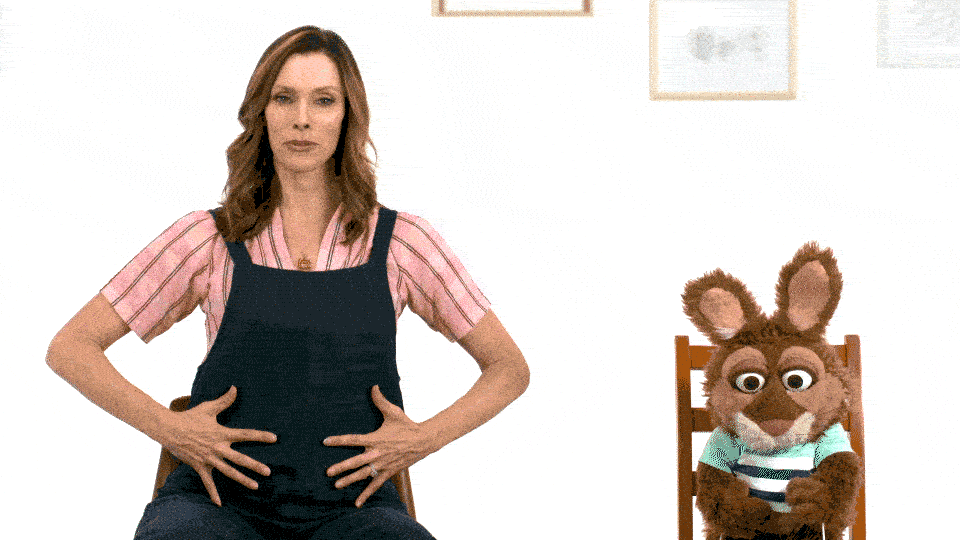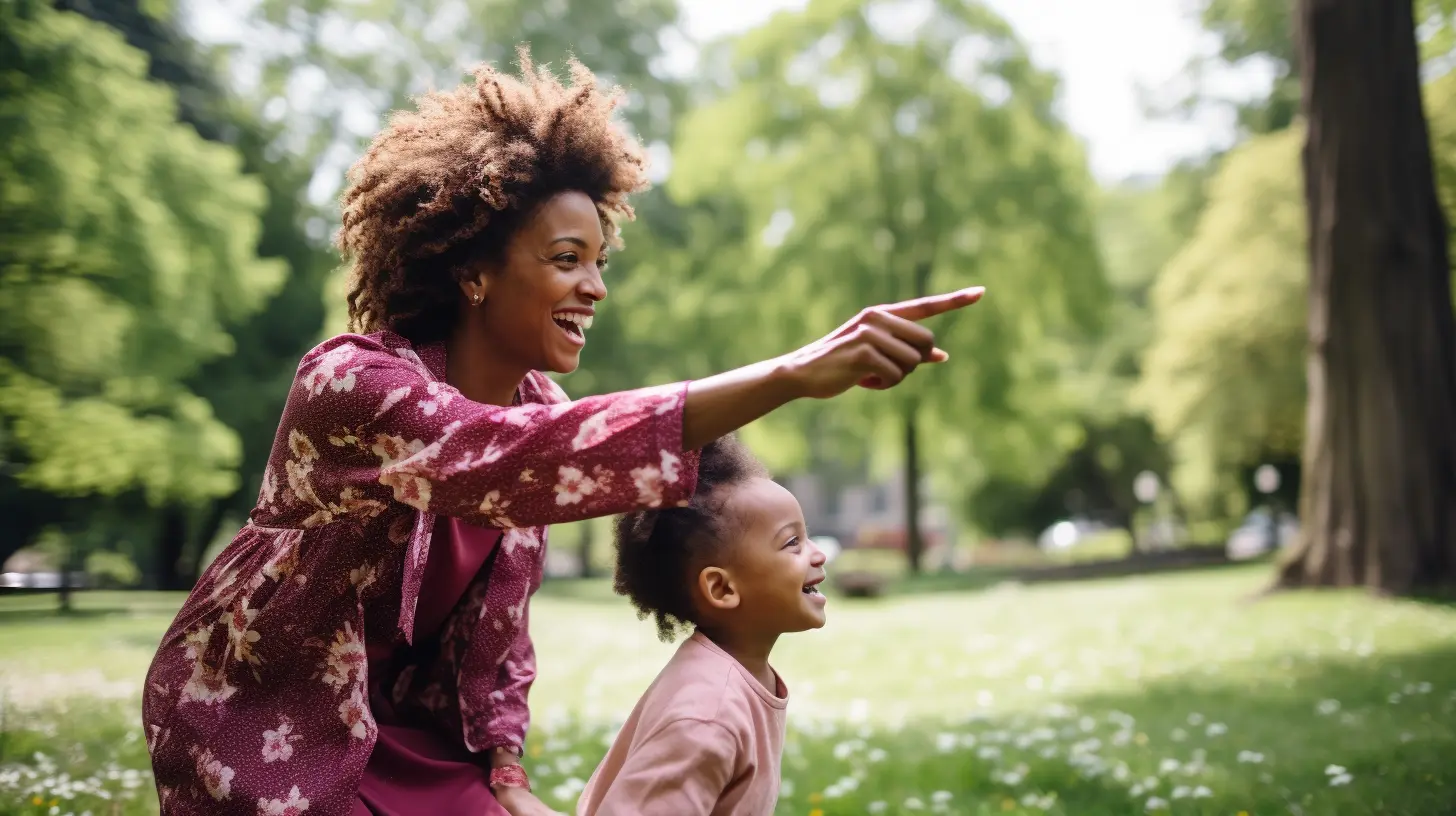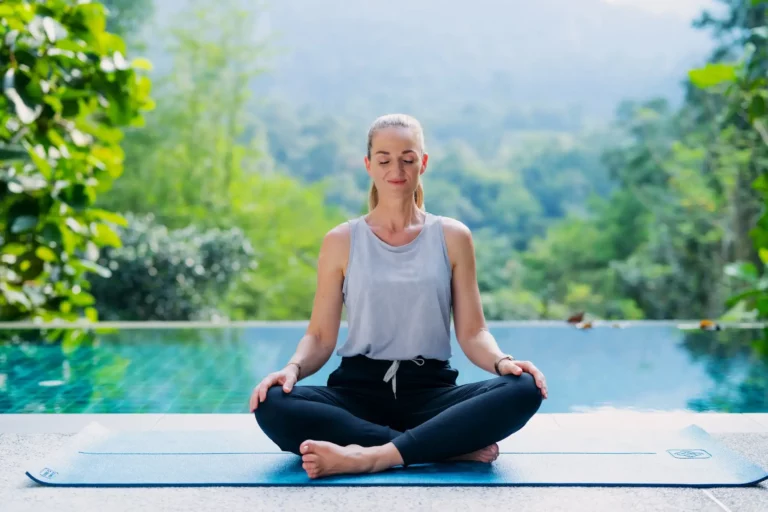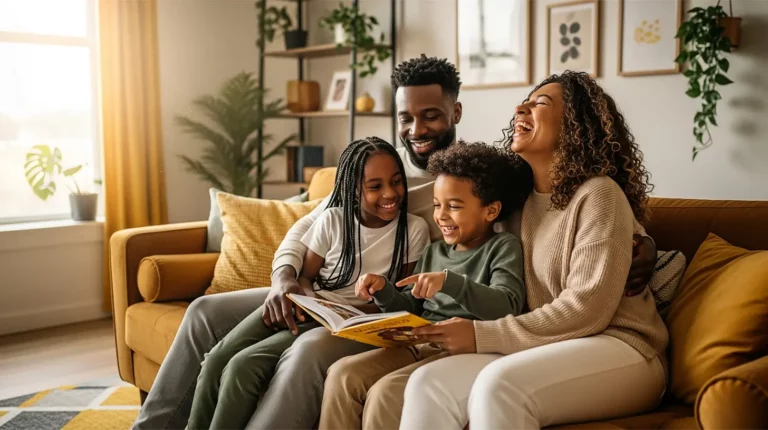Let’s face it, kids don’t always have it easy.
Sure, they don’t have the responsibilities of paying bills, putting food on the table, having a roof over their heads… But they do face their own set of challenges—peer pressure, bullying, academic stress, social influence, high expectations, and so on.
These challenges can lead to problems in adulthood, leaving many parents flabbergasted on how to help. Counselors, therapists, and specialized programs are definitely great options, but they can be costly.
There is another approach proven to be both impactful and affordable—and that’s mindfulness for kids. It empowers them to navigate emotions, build resilience, and find calm.
“It’s never too late to learn,” as goes the saying. But the thing is, it’s also never too early to learn either.
What is mindfulness for kids?
Mindfulness, as you may know, is the practice of being fully present and aware of your thoughts, feelings, and bodily sensations. It’s no different for kids—they’re able to be in the moment and reflective of their internal and external surroundings.
It’s a bit of a catch-all term, though. While many people associate it with meditation (which it can be), it can also include practices like deep breathing exercises, gratitude practice, and mindful walking, just to name a few.
The thing is, mindfulness is something that’s “beautiful and powerful and necessary,” according to Emily Fletcher, the founder of Ziva Meditation and trainer of Mindvalley’s zivaKIDS Quest. “Mindfulness is very good at creating a state change or handling your stress in the now.”
That’s what research shows, too. For instance, a 2023 literature review examined 18 studies on mindfulness-based interventions for young children. It found that these practices are particularly effective for those who struggle with self-regulation and can lead to significant improvements in their overall growth.
What we should understand as parents is this: mindfulness isn’t about teaching kids to never get stressed. As Emily explains in a YouTube video on Mindvalley Talks, “It’s about letting them know that when and if they get stressed, they now have a toolkit they can draw from to bring them back into a state that feels good to them.”
You can get more of her insights here:
Benefits of mindfulness for kids
“Kids, when they’re in this phase of life, they’re actually almost already in a meditative state,” says Emily.
What that means is, when children are between the ages of 3 and 7, the brain activity in the back of the brain is mainly in the theta frequency. This brainwave state is linked to deep relaxation and early learning.
As children get older, from 7 to 24, the brain’s dominant activity shifts to the alpha frequency. This is associated with calm focus and mature cognitive processing.
So when they’re exposed to mindfulness activities around this time of their lives, they can reap all sorts of benefits. Here are a few to highlight:
- Better focus and attention
- Less stress and anxiety
- Enhanced emotional regulation
- Better self-awareness
- Better sleep
- More empathy and compassion
- Resilience to challenges
- A reduction in behavior and reduces outbursts
- Improved academic performance
- A sense of calm and well-being
“Children are more in that state of present moment awareness,” Emily further explains. “They’re in this state of wonder, and almost all experiences are new to them.”
So, introducing them to mindfulness techniques while they’re still open to new things can make a huge impact on how they face life later on.
10 mindfulness activities for kids
Mindfulness isn’t sitting still and meditating. What kid really wants to do that?
It’s boring. It’s uncomfortable. And, let’s be honest, it’s not really natural.
The thing is, mindfulness doesn’t have to be any of those things. According to Emily, it can be about moving, playing, and exploring—all while staying present in the moment.
So, parents, here’s a handpicked list of mindfulness exercises for kids.
1. Belly Balloon Breathing
This exercise is one that Emily teaches in her zivaKIDS Quest on Mindvalley. It can help your child focus on their breath, which, in turn, can help calm their mind and body.
How does it work?
“You could have the kids all imagine their favorite color balloon in their belly and then take a big breath into it and imagine that balloon getting bigger and bigger,” she explains. “And then you can hiss out as you exhale.”

2. Wish Balloon
Building on the Belly Balloon Breathing, this exercise helps your kid set intentions as well as learn to let go.
Emily explains that they think of a wish or something they want to feel that day, like happiness or confidence. Then, they imagine placing that wish inside the balloon and letting it float away.
”I think it’s so nice because it’s 1) inviting them to get clear on how they want to feel that day [and] 2) it’s allowing them to release it,” she adds. “It’s a form of surrender.”
3. Squeeze Me
While the first two are mainly geared toward younger children, Squeeze Me was designed with the preteens and teens in mind (although they’re not exempt from doing the first two if they want to).
This activity sets your child up for more awareness of their body and tension release. They start at their toes and work their way up to their head.
“They’re going through, and they’re pressing and releasing every part of their body,” Emily explains, liking it to a full-body acupressure treatment. And what this does is to get them to relax, focus on their physical sensations, and help with “preparing the body for the meditation.”
4. Meditation
This list wouldn’t be a list without highlighting mindfulness meditation for kids. Not only does it teach them to be present, but it also helps them develop attention and emotional awareness.
”What we do with meditation is that we’re basically de-exciting the nervous system,” says Emily. “We’re creating order in the body so that all of that stress and trauma that’s been stored in our cells can start to come up and out.”
These are the things, she adds, that accumulate over time and make us “stupid, sick, and slow.”
So get your child to sit comfortably, close their eyes, and focus on their breath. You can either guide them through the meditation or do one with them, following one of Emily’s on the Mindvalley app, or choose mindfulness videos for kids.
Remember that meditation can take some getting used to. It’s advisable to start with just a few minutes and gradually increase the time as they get more comfortable.
5. Mindful nature walk
Taking a walk outdoors can do wonders for the mind, body, and soul. Research also shows that being out in nature can contribute to stress reduction, emotional regulation, and cognitive flexibility.
But simply walking around can be boring for your child. So, put a twist to it: play games.
Ask them to pay close attention to everything around them:
- What do you see?
- What do you hear?
- Can you tell me what you smell?
- How does this feel on your skin?
- What does it taste like? (If applicable, of course.)
Kind of like the “I Spy” game but with questions that pique their curiosity. It not only helps them connect with nature but also to stay in the moment.
6. Gratitude jar
A gratitude jar is a variation of the ever-popular gratitude journal. The idea is the same: your child writes down (on a small piece of paper) things they’re thankful for and puts them in a clear jar.
This activity encourages positive thinking. It helps them focus on what makes them happy. And over time, they can see how much they have to be thankful for.
7. Dancing
There’s a scene in Stepmom where Jackie Harrison dances with her kids to Marvin Gaye and Tammi Terrell’s Ain’t No Mountain High Enough.
No rules; just dancing freely and happily.
You can encourage your child to do this (or do it with them!). It helps to let go of any inhibitions and allows the body to move intuitively.
So put on some music, pump up the volume, and just dance.

8. Reading
“Books are mirrors of the soul.” And if your kid loves to read, then, by all means, encourage it.
It can be anything from a series (like Andrew Newman’s Conscious Stories) to graphic novels to even inspirational quotes. But the thing is, get them to fully focus on the story and pay attention to the words, illustrations, and emotions they feel while reading.
This will help them stay engaged and fully immersed in the story.
9. Eating intuitively
Not all of us are taught to eat slowly, let alone mindfully. It’s often a rush—breakfast on the go or having just an hour for lunch. Or if you’ve got siblings who love to eat, every meal is every man for himself.
In contrast, intuitive eating involves slowing down, taking smaller bites, and chewing more. When you do so, you tend to pay attention to the taste, texture, and smell of your food. And this is something you can encourage your kid to do, too.
It’ll help them develop a healthier relationship with food and enjoy their meals more.
10. Yoga
If yoga can help you, as an adult, connect with your body and improve your focus, imagine what it can do for your kid.
It combines physical exercise with mindfulness. This, as research shows, can be a powerful tool for children to manage stress and regulate their emotions. In fact, one study, in particular, has shown that yoga can help with their physical and mental well-being, resilience, balance, and self-regulation skills.
This can also be a fun activity you do together with your child. Start with a few basic yoga poses, like the tree pose or downward dog.
Great changes start here
Mindfulness for kids doesn’t have to be complicated or expensive. What’s great about it is, the benefits can last a lifetime.
One thing to always note: kids learn by example. “They’re going to do what we do, not what we say,” says Emily. “And so, if you want your child to be less stressed, the best thing that parents can do is handle their own stress.”
Practice mindfulness together. It’ll, no doubt, be a powerful example, and you give your children the tools they need to handle stress, stay focused, and grow into resilient individuals.
If you want to gain more wisdom from Emily and other mindfulness experts, sign up for a free Mindvalley account. You’ll get access to handpicked daily meditations to practice with your children, plus previews of Mindvalley’s mindfulness quests, like zivaKIDS.
The reality is, your child’s greatness knows no limits. And neither does yours.
Welcome in.








